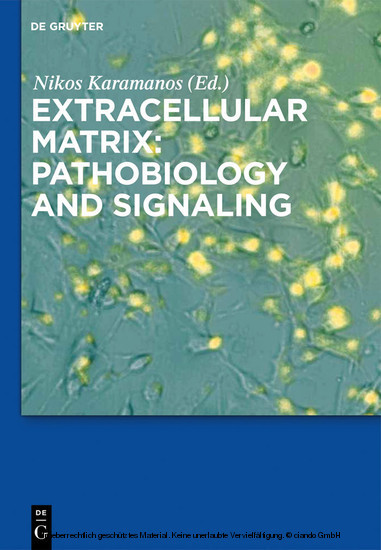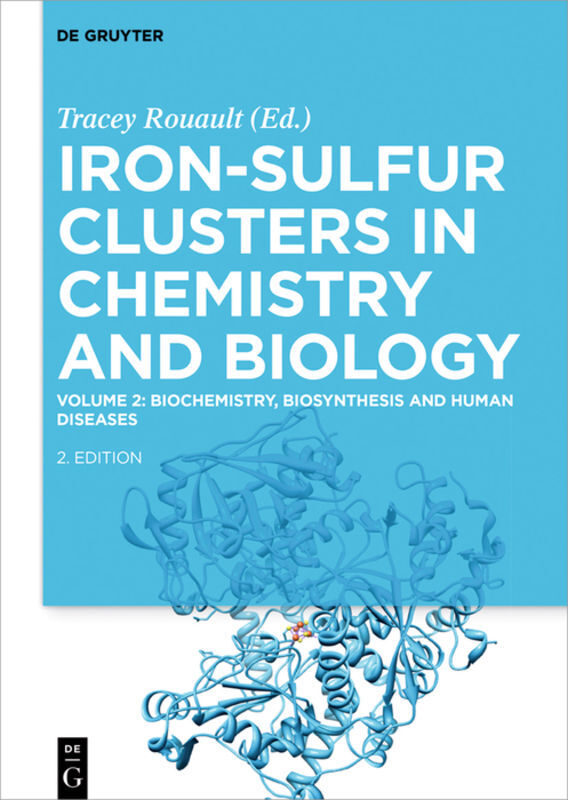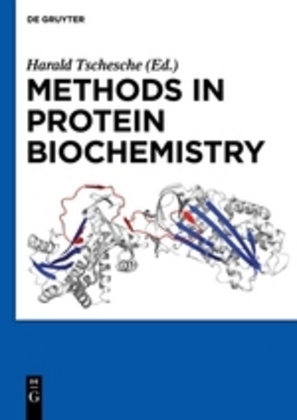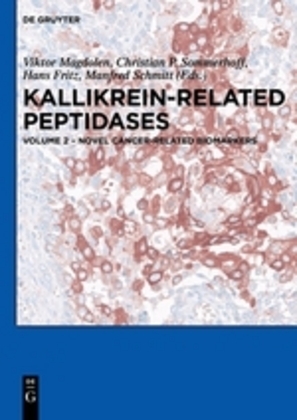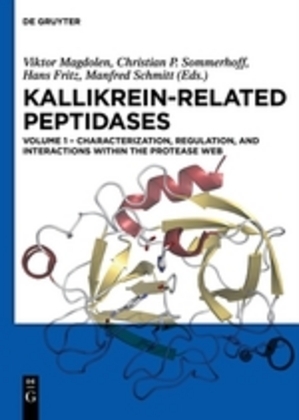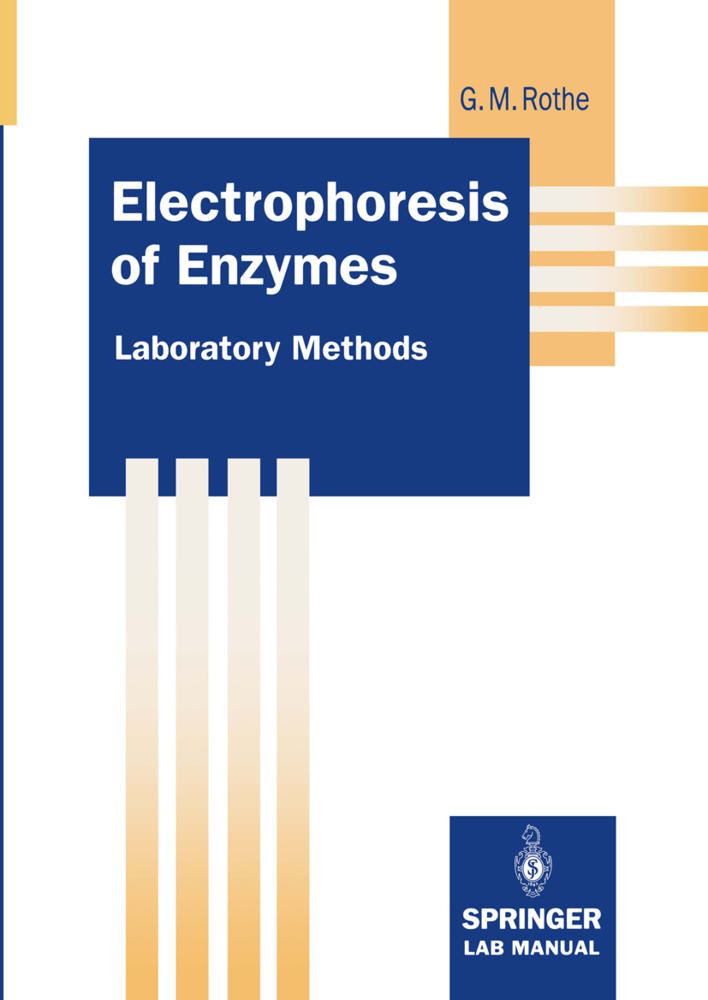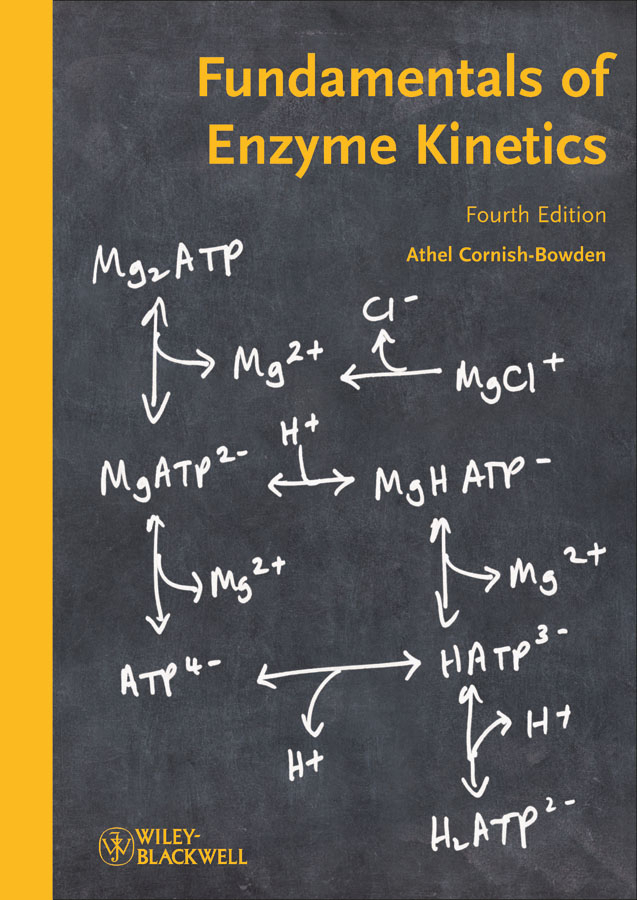Extracellular Matrix: Pathobiology and Signaling
Over the last decades cell biology and biological chemistry have increasingly turned their attention to the space between cells and revealed an elaborate network of macromolecules essential for structural support, cell migration, adhesion and signaling. This comprehensive handbook of the extracellular matrix is organized into seven thematic sections, giving an overview of the current state of knowledge of matrix components (structure and function), their roles in health and disease (matrix pathobiology) as well as new concepts of pharmacological targeting.
Nikos K. Karamanos, Biochem. Lab, Department of Chemistry, University of Patras, Greece.
Section-Editors: Donald Gullberg, Department of Biomedicine, University of Bergen, Norway; Paraskevi Heldin,Ludwig Institute for Cancer Research, Uppsala University,Sweden; Liliana Schaefer, Institute of General Pharmacology and Toxicology, Goethe-University, Frankfurt,Germany; Ruggero Tenni, Department of Biochemistry, Pavia University, Italy; Achilleas Theocharis, Department of Chemistry, University of Patras, Greece; Jan-Olof Winberg, Department of Medical Biology, University of Tromsø, Norway.
1;Preface;192;Comments on the book Extracellular Matrix: Pathobiology & Signaling by Dick Heinegård;233;About the Editor/Section Editors;254;List of contributing authors;295;Abbreviations and acronyms used;396;1 An introduction to the extracellular matrix molecules and their importance in pathobiology and signaling;516.1;1.1 Extracellular matrix: a functional scaffold;536.1.1;1.1.1 ECM components: structural and functional properties;546.1.2;1.1.2 Matrix remodeling is accomplished by proteolytic enzymes;626.1.3;1.1.3 Cell surface receptors mediate cell-cell and cell-matrix interactions;646.1.4;1.1.4 Take-home message;677;2 Insights into the function of glycans;717.1;2.1 Introduction;737.2;2.2 Metabolic control of hyaluronan synthesis;767.2.1;2.2.1 Introduction;767.2.2;2.2.2 Transcription of hyaluronan synthases;777.2.3;2.2.3 UDP-sugar substrates as limiting factors in hyaluronan synthesis;797.2.4;2.2.4 Posttranslational processing of HAS;827.2.5;2.2.5 Challenges and future prospects;857.2.6;2.2.6 Take-home message;857.3;2.3 Multiple roles of hyaluronan as a target and modifier of the inflammatory response;897.3.1;2.3.1 Introduction;897.3.2;2.3.2 Endothelial permeability;907.3.3;2.3.3 Angiogenesis;907.3.4;2.3.4 Mechanisms of hyaluronan degradation;917.3.5;2.3.5 Consequences of hyaluronan fragmentation;917.3.6;2.3.6 Hyaluronan cross-talk with leukocytes;927.3.7;2.3.7 Adhesion of leukocytes to hyaluronan;967.3.8;2.3.8 Hyaluronan removal in the late phase of inflammation;987.3.9;2.3.9 Local clearance of hyaluronan;987.3.10;2.3.10 Chronic inflammation;997.3.11;2.3.11 Hyaluronan increase in wounds;1007.3.12;2.3.12 Support of migration and proliferation;1017.3.13;2.3.13 TGF-ß and myofibroblasts;1027.3.14;2.3.14 Therapeutic applications;1037.3.15;2.3.15 Future perspectives;1037.3.16;2.3.16 Take-home message;1047.4;2.4 Roles of sulfated and nonsulfated glycosaminoglycans in cancer growth and progression-therapeutic implications;1167.4.1;2.4.1 Introduction;1167.4.2;2.4.2 Heparin and heparan sulfate affect key tumor cell functions;1177.4.3;2.4.3 Chondroitin sulfate participates in cancer cell, tumor stroma, and tumor microenvironement interactions to affect cancer progression;1207.4.4;2.4.4 HA synthesis is correlated to cancer progression;1227.4.5;2.4.5 Challenges and future prospects;1247.4.6;2.4.6 Take-home message;1267.5;2.5 Heparan sulfate design: regulation of biosynthesis;1347.5.1;2.5.1 Heparan sulfate - an extracellular component with variable structure;1347.5.2;2.5.2 How is heparan sulfate synthesized and which enzymes contribute?;1357.5.3;2.5.3 Fine-tuning of heparan sulfate structure in the right place, at the right time;1387.5.4;2.5.4 Disturbed heparan sulfate biosynthesis in human pathobiology;1427.5.5;2.5.5 Take-home message;1437.6;2.6 Bone and skin disorders caused by a disturbance in the biosynthesis of chondroitin sulfate and dermatan sulfate;1487.6.1;2.6.1 Introduction;1487.6.2;2.6.2 Biosynthetic pathways of CS and DS chains;1507.6.3;2.6.3 Human congenital disorders caused by mutations of the enzymes involved in the biosynthesis of CS and DS;1557.6.4;2.6.4 Challenges and future prospects;1587.6.5;2.6.5 Take-home message;1627.6.6;2.6.6 Abbreviations;1627.7;2.7 Biological functions of branched N-glycans related to physiology and pathology of extracellular matrix;1697.7.1;2.7.1 Introduction;1697.7.2;2.7.2 Synthesis of branched N-glycans;1697.7.3;2.7.3 Effect of N-glycosylation on ECM formation;1727.7.4;2.7.4 Complexity of N-glycan branch modulates cellular functions via clustering cell surface proteins;1737.7.5;2.7.5 Branched N-glycans regulate the biological functions of integrins;1747.7.6;2.7.6 The mutual regulation of N-glycosylation and cadherins;1757.7.7;2.7.7 Challenges and future prospects;1767.7.8;2.7.8 Take-home message;1778;3 Proteoglycans: structure, pathobiology, and signaling;1838.1;3.1 Introduction;1858.2;3.2 Aggrecan in skeletal development a
Karamanos, Nikos
Gullberg, Donald
Paraskevi, Heldin
Schaefer, Liliana
Tenni, Ruggero
Theocharis, Achilleas
Winberg, Jan-Olof
| ISBN | 9783110258776 |
|---|---|
| Artikelnummer | 9783110258776 |
| Medientyp | E-Book - PDF |
| Copyrightjahr | 2012 |
| Verlag | Walter de Gruyter GmbH & Co.KG |
| Umfang | 938 Seiten |
| Sprache | Englisch |
| Kopierschutz | Digitales Wasserzeichen |

